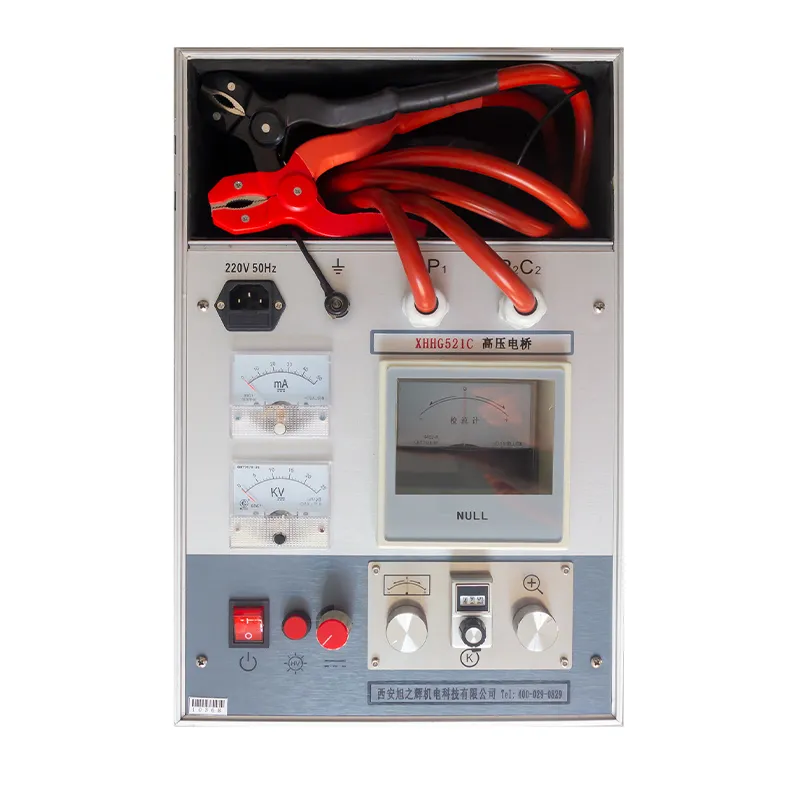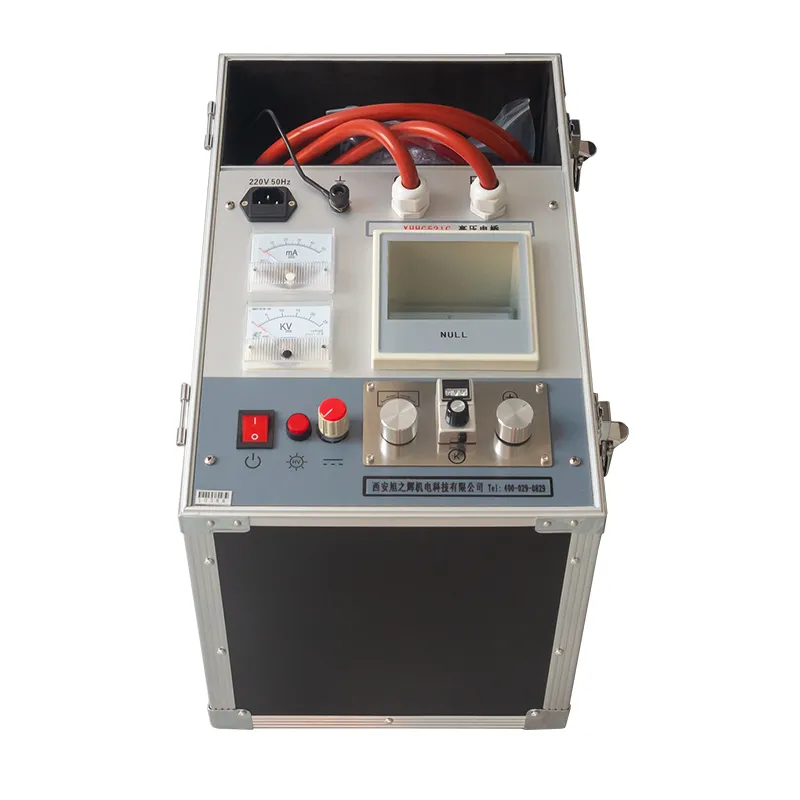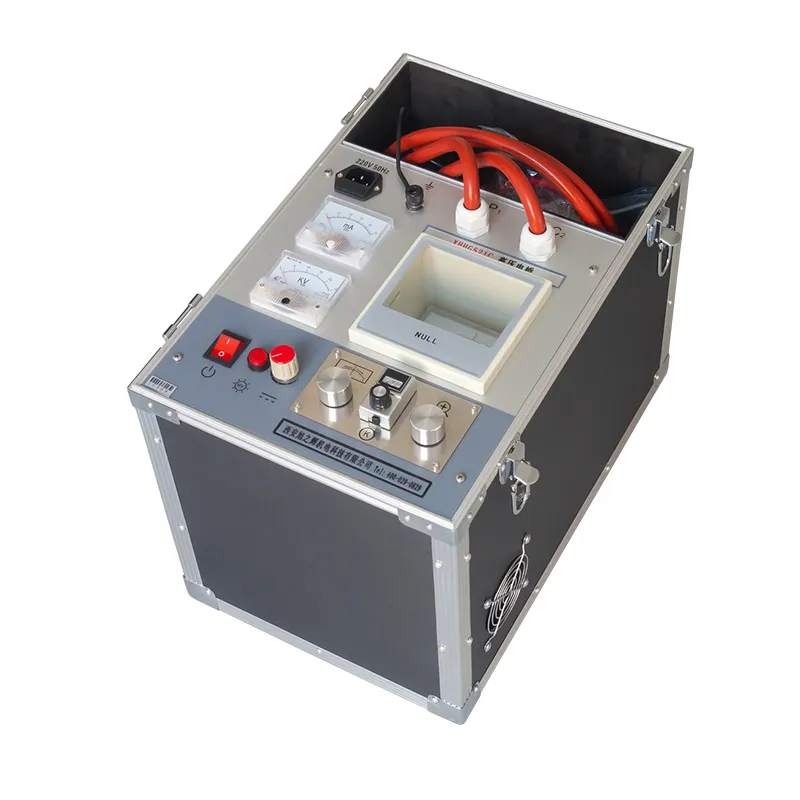
Deixe um recado
Ligaremos para você em breve!
 Por favor verifique seu email!
Por favor verifique seu email!
 Por favor verifique seu email!
Por favor verifique seu email!
Submeter
Mais informações facilitam uma melhor comunicação.
Sr.
- Sr.
- Sra.
Está bem
Submetido com sucesso!
Ligaremos para você em breve!
Está bem
Deixe um recado
Ligaremos para você em breve!
 Por favor verifique seu email!
Por favor verifique seu email!
 Por favor verifique seu email!
Por favor verifique seu email!
Submeter

 Due to the above characteristics, high-voltage high-voltage bridges are especially suitable for the following users:
Due to the above characteristics, high-voltage high-voltage bridges are especially suitable for the following users:
